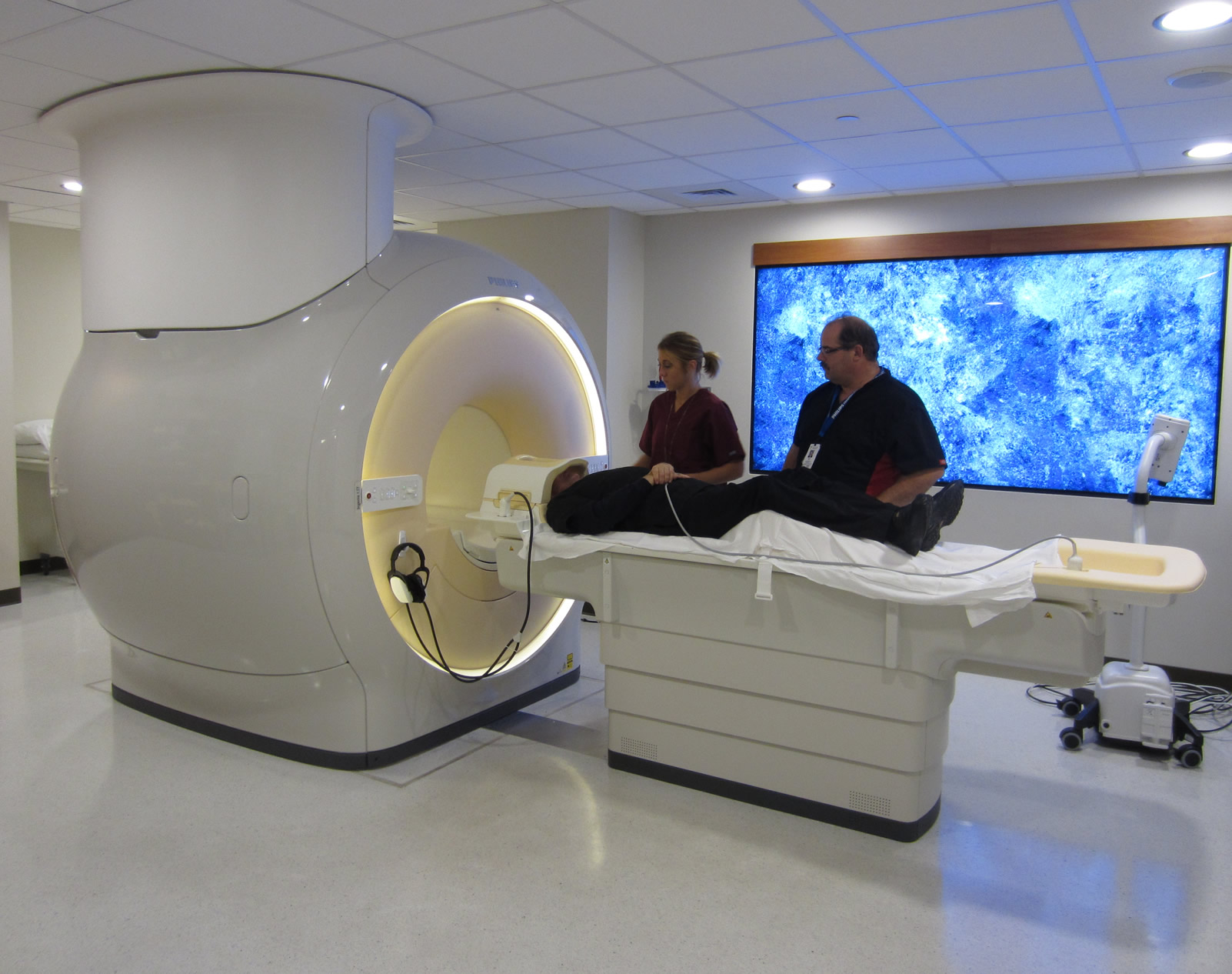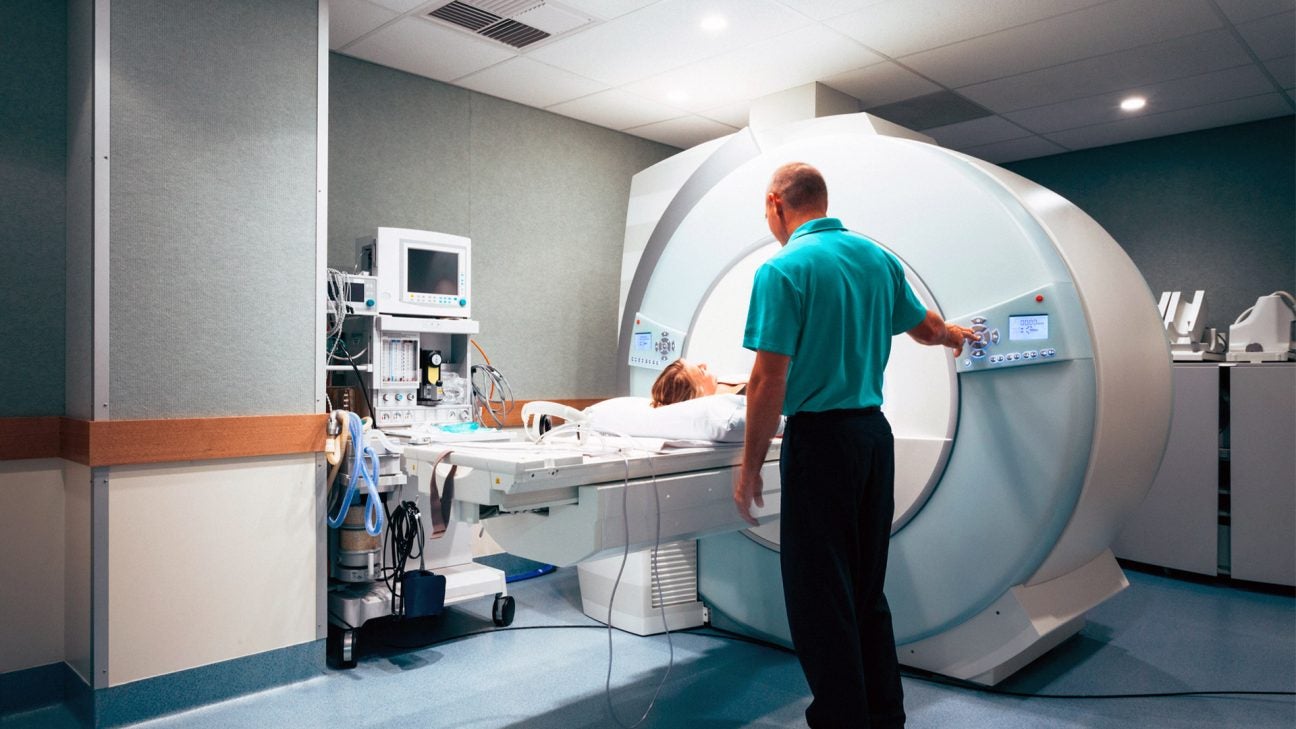Magnetic Resonance Imaging (MRI) is a revolutionary medical imaging technique that has transformed diagnostic medicine. This article will explore the history lead door, workings, advantages, limitations, and clinical applications of MRI.
By utilizing powerful magnetic fields and radio waves, MRI generates detailed images of the human body, aiding in the detection and diagnosis of various conditions.
Understanding the principles and capabilities of MRI is crucial for healthcare professionals and patients seeking accurate and non-invasive diagnostic solutions.

The History of MRI
The development and evolution of magnetic resonance imaging (MRI) technology has a rich and fascinating history. MRI technology has come a long way since its inception in the 1970s. Initially, the technology was limited to producing crude images with low resolution. However, advancements in hardware and software have greatly improved the quality and clarity of MRI images over the years.
The evolution of MRI technology has had a profound impact on medical diagnosis and treatment. MRI scans provide detailed images of the internal structures of the body, allowing physicians to accurately detect and diagnose various medical conditions such as tumors, brain disorders, and musculoskeletal injuries.
Moreover, MRI technology has revolutionized treatment planning as it enables doctors to precisely locate and target affected areas, leading to more effective and targeted therapies.
How Does MRI Work
MRI technology utilizes a powerful magnetic field and radio waves to produce highly detailed images of the body’s internal structures. This non-invasive imaging technique has revolutionized medical diagnosis and treatment, providing physicians with valuable insights into various conditions and diseases.
However, ensuring MRI safety is of utmost importance. Patients with certain metallic implants or devices may not be suitable candidates for MRI, as the strong magnetic field can cause displacement or heating of these objects, resulting in potential harm.
To address this concern, ongoing research and development efforts are focused on improving MRI technology. Future developments aim to enhance patient safety by reducing or mitigating risks associated with metallic implants and devices, allowing a wider range of patients to benefit from the diagnostic capabilities of MRI.
These advancements in MRI technology will continue to shape the future of medical imaging, providing even greater accuracy and precision in diagnosing and monitoring various health conditions.
Advantages and Limitations of MRI
MRI offers significant advantages in terms of non-invasiveness and high-resolution imaging, but it also has limitations in terms of accessibility and contraindications for certain patients.
One of the major advantages of MRI is its non-invasive nature, as it does not require any radiation exposure or invasive procedures. This makes it a safer option for patients, particularly those who may have concerns about radiation exposure.
Additionally, MRI provides high-resolution images, allowing for detailed visualization of soft tissues, organs, and structures within the body.
However, MRI also has some limitations. One of the main drawbacks is its limited accessibility, as MRI machines can be expensive to purchase and maintain, resulting in longer wait times for patients. Furthermore, certain patients with metal implants, such as pacemakers or cochlear implants, may not be able to undergo an MRI due to safety concerns.
It is important to weigh the pros and cons of MRI when considering its use in patient diagnosis and management.

Different Types of MRI Scans
There are various types of scans available in the field of medical imaging that utilize magnetic resonance imaging technology to provide detailed and comprehensive information about different anatomical structures and conditions.
One such type is the functional MRI (fMRI), which measures changes in blood flow to detect brain activity during various tasks or stimuli.
Another type is the magnetic resonance angiography (MRA), which specifically focuses on imaging blood vessels to identify any abnormalities or blockages.
Additionally, there are specialized MRI scans for specific parts of the body, such as the breast MRI for breast cancer screening, and the prostate MRI for diagnosing prostate cancer.
While MRI scans are generally safe, precautions need to be taken to ensure patient safety, such as screening for metallic implants or objects that may be affected by the magnetic field.
In the future, advancements in MRI technology may include improved image resolution, faster scanning times, and the development of new contrast agents for enhanced imaging capabilities.
Clinical Applications of MRI
Clinical applications of magnetic resonance imaging (MRI) encompass a wide range of medical disciplines. In neurology, MRI plays a crucial role in diagnosing and monitoring diseases such as multiple sclerosis, brain tumors, and cerebral infarction. Orthopedics rely on MRI for assessing joint disorders, spinal injuries, and musculoskeletal tumors. Cardiology utilizes MRI to evaluate cardiac structure and function, detect heart diseases, and guide interventions. In oncology, MRI aids in tumor detection, staging, and treatment planning.
Additionally, MRI has extensive applications in research. It enables scientists to study brain activity, analyze tissue properties, and investigate the effects of various interventions. Future advancements in MRI technology aim to improve image quality, reduce scan times, and enhance diagnostic accuracy. This will lead to further advancements in clinical applications and patient care.
Conclusion
In conclusion, MRI has revolutionized the field of medical imaging by providing non-invasive and detailed visualization of internal structures and physiological processes.
Its ability to differentiate between soft tissues and its wide range of clinical applications has made it an essential tool in diagnosing and monitoring various medical conditions.
Despite some limitations, such as high costs and contraindications for certain patients, MRI continues to evolve and improve, offering promising advancements in the field of medical diagnostics.
